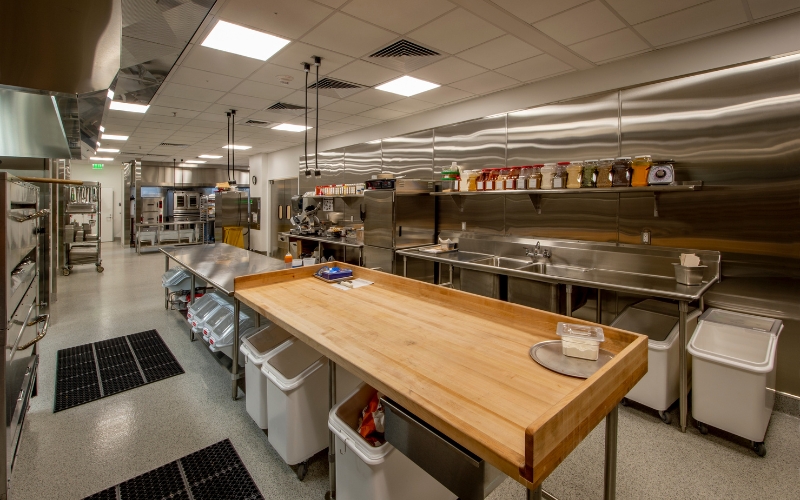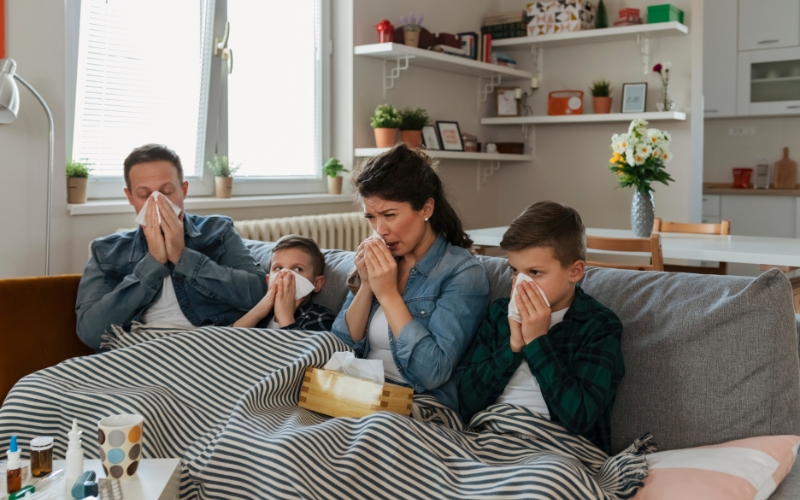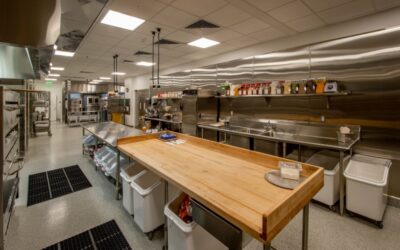If the long-term care (LTC) industry wasn’t already on your radar, the pandemic brought it into sharp focus. COVID-19 devastated these facilities, exposing persistent vulnerabilities in infection prevention and care delivery. However, the scrutiny hasn’t faded with the pandemic’s end. The 2025 ECRI report lists “Persistence of Healthcare-Associated Infections in Long-Term Care Facilities” among the top ten patient safety risks. Sadly, this comes as little surprise, given high rates of environmental contamination, close living quarters, and residents’ weakened immune systems. In LTC, providing a clean environment is critical to preventing the spread of illness among residents.
Defining Quality of Care
Quality of care is defined by how well services meet residents’ needs, keep them safe, respect their dignity, and support the best possible quality of life. It includes not just medical and nursing care, but also social, emotional, and environmental support.
Some essential factors include:
- Clinical Care and Safety
Residents often have complex health conditions that require continuous medical oversight, safe medication management, fall prevention, and a strong emphasis on infection control, including advanced technologies that enhance regular cleaning protocols. - Clean, Safe, Home-like Environment
For most LTC residents, the facility is not just a stopgap; it is a home. Ensuring a home-like environment that is clean and affords safe opportunities for socialization is imperative. The pandemic taught us the importance of prioritizing this even when infections are rampant. - Staffing
The caliber of LTC is closely tied to staffing levels, staff-to-resident ratios, and the competence of care providers. Providing a clean environment of care for staff in which the risk of infection is minimized is essential to staff well-being, work attendance, and livelihoods. - Family and Community Engagement
Families also play an important role by supporting residents’ well-being and advocating for them. A clean and safe environment for families and visitors is essential to preserving comfort, connection, and trust in the care setting.
Above and beyond medical outcomes, quality is measured by residents’ ability to maintain independence, participate in meaningful activities, and experience emotional well-being. This includes sustaining a safe and healthy physical environment in which the risk of infection from contaminated air and surfaces is minimized so that residents can engage in an interactive, social lifestyle.

Challenges to Quality of Care
Identifying the factors needed to ensure quality of care is one thing; implementing them is another. The labor, regulatory, and funding landscape can pose obstacles.
In 2023, the American Health Care Association and National Center for Assisted Living (AHCA/NCAL), representing over 14,000 nursing homes and assisted living centers, found that 99% of nursing homes had job openings, 72% had staffing levels below pre-pandemic numbers, and 94% struggled to recruit new staff.
Regulatory pressures and documentation requirements, although meant to promote quality and safety, often divert resources and time away from direct resident care.
Financial pressures on long-term care facilities resulting from lower Medicaid and, to some extent, Medicare reimbursement can hinder investments in critical areas like staff development, technology adoption, and the provision of high-quality resident services. Reimbursement rates in many states often do not cover the actual cost of care, causing facilities heavily dependent on Medicaid to face financial shortfalls, which in turn reduces the overall quality of care.
Quality of Care in Action
A 145-bed skilled nursing facility located in Rochester, NY, demonstrates how LTC facilities can enhance safety and quality of care. Serving multiple specialized units, this facility deployed our Dry Hydrogen Peroxide (DHP) technology to reduce the risk of infection transmission from contaminated air and surfaces without adding staff responsibilities or staff in general. Two peer-reviewed studies demonstrate how the technology not only helped create a cleaner environment but also mitigated the transmission of COVID-19 during outbreaks.
This experience enhanced the safety of residents and staff, while also allowing residents to stay engaged in communal activities like group dining and social events, thereby maintaining quality of life. It also added an extra layer of security for residents with cognitive impairments who struggle with infection precautions, such as respiratory etiquette or isolation. As the facility’s Infection Preventionist noted, “The Synexis DHP devices went beyond strengthening our infection prevention efforts. It raised the overall standard of care. It helped keep residents, visitors, and staff safe, supported residents in keeping their social connections, and relieved staff from the additional burden of constant extra cleaning or enforcing restrictive isolation measures.”
Upholding Quality of Care
While the quality of care in LTC is a multidimensional concept that includes clinical excellence, resident dignity, and overall life satisfaction, providing a clean, safe, home-like environment is essential in these settings to prevent the transfer of harmful organisms capable of causing infection. When families seek a home for their loved ones, they must carefully evaluate the facilities to ensure these principles are prioritized. While challenges persist, particularly in staffing and resources, ongoing innovations such as the Synexis DHP technology and a commitment to resident-centered, compassionate care can transform LTC into an environment where residents not only live longer, but also live better.
Sources:
https://www.ajicjournal.org/article/S0196-6553(23)00405-4/fulltext
https://www.ajicjournal.org/article/S0196-6553(25)00053-7/fulltext









